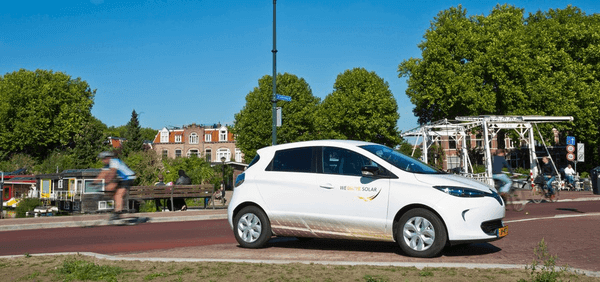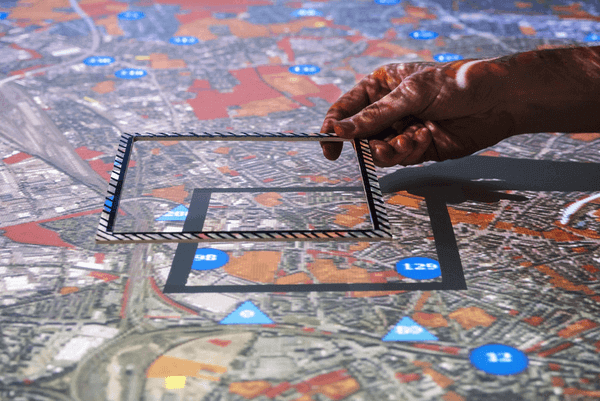1. Introduction of quasi-public bus system: restructuring of administrative management system for bus operation.
The core concept of the quasi-public bus system was to transform bus routes and operational system to serve public interests. The Seoul city government secured the right to adjust bus lines, and pursued the public welfare of bus services as well as the improvement at the service level. At the same time, it introduced competition elements in some of the management system to enhance the operation efficiency. Besides, the Seoul municipality introduced competition to the industry by putting out to public tender the operation of some trunk lines and pursued customer service innovation to subsidize the bus companies for their employee benefits.
2. Technical reform of bus routes
2.1. Improvement to bus routes and installation of transfer terminals
The Seoul city government divided bus routes into trunk lines for inter-regional and medium- to long-distance journeys, and feeder lines for short journeys within each region. Depending on the function, buses were divided into interregional (red), trunk (blue), feeder (green) and circular (yellow) lines. By reorganizing the bus lines, the city aimed to enhance mobility, accessibility and convenience of bus services. It also ensured to facilitate transfer between feeder, circular lines and trunk lines and focused on enhancing accessibility to meet the intra-regional demand. Reinforcing the efficiency of operations was one important consideration, too. Transfer terminals were thus installed at major junctions like Cheongnyangni to make it easy to transfer from bus to bus and from bus to subway.
2.2 Introduction of the exclusive median bus lane system
Median bus lanes were thus introduced as part of the bus reform in 2004 to improve the speed, punctuality, and operation efficiency. The sites were selected by taking into account the number of lanes, degree of overlapping with subway lines, concentration of traffic demands, inflow and outflow of traffic volume, and bus traffic volume per hour. Particularly, median bus lanes were installed where there more than three lanes in each direction were available with high traffic demand so as to connect major cities outside Seoul with centers and sub-centers of Seoul.
2.3 Reduction of public transportation fares: from charging per ride to a trip-distance basis
Before the reform, each public transportation means charged a flat rate per ride regardless of the traveling distance. The reform substantially lowered the average fare as it set up a system to charge passengers based on the combined distance traveled. To enable this, transfers from bus to bus and even to subways was allowed for free. As for the technical feasibility, the smart card system was introduced to analyze whether an individual passenger made a transfer or not and how long the traveling distance was. With the introduction of this distance-based charging system, the citizens were found to pay about 30% less fares for public transportation service on average. Even if a passenger travels a long distance with multiple transfers, the system was designed to charge less than the old way of charging per each ride
2.4 Establishment of information systems to support the operation of public transportation and improvement in facilities and vehicles.
For the new public transportation system, a platform for traffic information was necessary. To integrate and process the information collected from related organizations, TOPIS (Seoul Transport Operation and Information Service: http://policytransfer.metropolis.org/case-studies/topis-the-control-tower-for-seoul-city-s-transportation-system) as well as BMS (Bus Management System) and BIS (Bus Information System) were established. Additionally, a new transportation card system was set up to recognize whether a passenger has made a transfer and how long the travel distance was. Although a transportation card system was already out there, nearly 25 percent of passengers still opted to pay by cash as it only functioned as a means of paying fares. Hence, the new transportation card, Smart Card, was introduced with additional functions of convenience and security such as settlement service for convenience stores, parking lots and online shopping malls. Proactive efforts were also made to promote the use of the Smart Card as it was expected to bring greater transparency of management to the bus industry.




